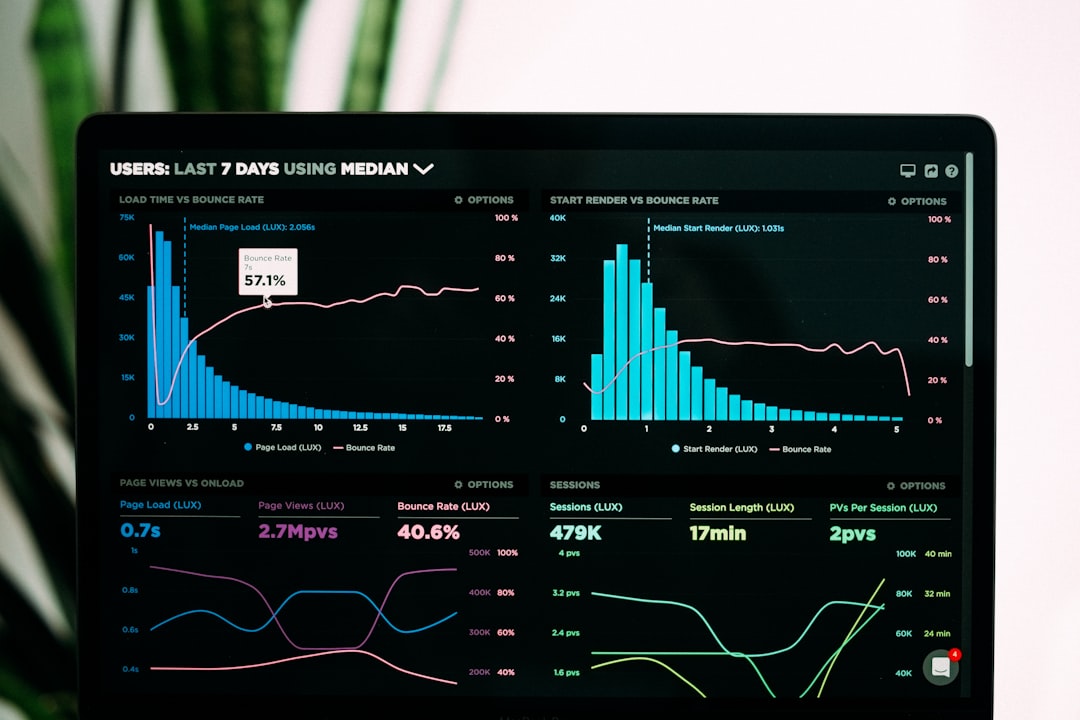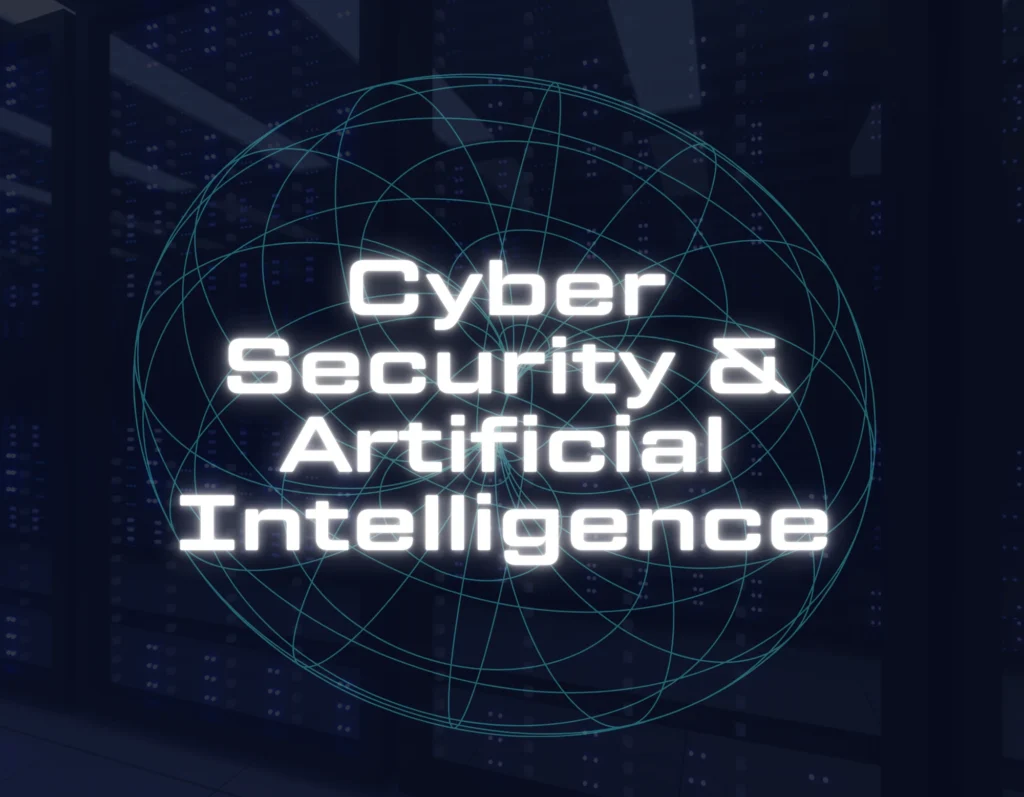Artificial intelligence is the game changer amongst all cyber security threats, providing a new level in defending digital perimeters. Cyber Defense – AI in cybersecurity is invaluable for identifying threats the very moment they emerge as well helping to automate security tasks, thereby keeping IT pros and business leaders one step ahead of ever-evolving cyberattacks. So if organizations can use AI to predict where these vulnerabilities might be or could become, it is possible for them to get ahead of the attackers while using best practices around ethics in cyber. In this deep dive, learn how AI is much more than a tool and that it has the power to change your approach to securing your enterprise against an adversary who gets better every step of the way.

AI in Cybersecurity: A New Era
Real-Time Threat Detection
Real-time threat detection powered by AI can revolutionize cybersecurity. Traditional security measures often react after a breach occurs; with AI’s ability to analyze large volumes of data at lightning speed, anomalies and potential threats can be identified as they emerge in real time. AI can assist organizations by responding quickly and minimizing damage in response to cybersecurity threats. Over time, its learning capabilities become even more efficient – continually updating its threat database. IT professionals and business leaders benefit greatly from adopting AI into cybersecurity; AI not only improves existing security frameworks, but it also introduces novel methods of threat mitigation. Implementing real-time threat detection ensures your digital infrastructure remains protected despite ever-evolving threat landscapes.

Automating Security Tasks
Automating security tasks using AI is revolutionizing how businesses approach cybersecurity. By automating repetitive tasks such as network monitoring and log analysis, AI frees up time for security teams to focus on more complex matters. AI can not only increase efficiency but also decrease human error – which is often the source of cybersecurity vulnerabilities. AI-powered tools are equipped to quickly analyze vast amounts of data, quickly spotting patterns or irregularities missed by manual processes. Automation also ensures timely updates and patch management, strengthening systems against known vulnerabilities and increasing productivity for business leaders and IT professionals alike. AI technology strengthens defenses against cyber threats while giving organizations an edge in protecting themselves.

AI Predict Vulnerabilities
AI’s ability to predict vulnerabilities is transforming cybersecurity strategies. By using machine learning algorithms, AI can analyze past and present data to forecast potential security weak points before they can be exploited. This predictive capability allows organizations to proactively patch vulnerabilities, reducing the risk of breaches. AI systems can assess the likelihood of various attack vectors, providing IT teams with actionable insights to strengthen their defenses. This approach shifts the focus from reactive to proactive security management. For business leaders, leveraging AI to predict vulnerabilities means safeguarding critical assets and maintaining trust with clients and stakeholders. Moreover, it ensures compliance with increasingly stringent data protection regulations. In essence, AI not only identifies potential threats but also empowers organizations to preemptively address them, ensuring a resilient cybersecurity posture in an ever-changing digital landscape.

Ethical Implications and Challenges
Balancing Defense and Privacy
Balancing defense and privacy is a critical ethical challenge in integrating AI into cybersecurity. While AI excels at identifying and mitigating cybersecurity threats, it often requires access to substantial amounts of data, which can raise privacy concerns. Organizations must ensure that their use of AI aligns with privacy laws and respects individual rights. This involves implementing strict data governance policies and transparent data usage practices. The key is to find a balance where security measures are robust without overstepping privacy boundaries. For IT professionals and business leaders, this means crafting policies that both protect digital assets and value customer privacy. By doing so, organizations can maintain trust while leveraging AI’s full potential in cybersecurity. Ethical AI usage not only ensures compliance but also enhances reputational integrity, providing confidence to stakeholders in an increasingly privacy-conscious world.

Addressing Bias in AI Systems
Addressing bias in AI systems is a crucial aspect of ethical AI deployment in cybersecurity. AI algorithms can inadvertently learn and propagate biases present in training data, leading to skewed outcomes in threat detection and response. This bias can result in unfair prioritization or neglect of certain threats, potentially compromising security. To mitigate this, organizations must ensure that their AI systems are trained on diverse and representative datasets. Regular audits and updates of AI models are necessary to identify and correct biases. Transparency in AI processes can also help in understanding how decisions are made, fostering trust among stakeholders. For cybersecurity teams, tackling bias is essential to ensure that AI-driven defense strategies are both effective and equitable. By prioritizing fairness and inclusivity, organizations can enhance the reliability of their AI systems, reinforcing their commitment to ethical standards while safeguarding digital infrastructures.

Transparency and Accountability
Transparency and accountability are fundamental when integrating AI into cybersecurity frameworks. As AI systems make more autonomous decisions in threat detection and response, understanding their decision-making processes becomes critical. Organizations must ensure that their AI tools operate transparently, providing insights into how conclusions are reached. This transparency helps in building trust with stakeholders, including customers and regulatory bodies. Accountability involves establishing clear guidelines on the responsibilities of AI systems and the humans overseeing them. It requires setting up mechanisms to monitor AI actions and rectify any erroneous or biased decisions. For IT professionals, this means maintaining thorough documentation and audit trails of AI operations. By prioritizing transparency and accountability, organizations not only comply with ethical standards but also enhance the reliability of their cybersecurity measures. Ultimately, these principles ensure that AI systems are tools that empower rather than obscure, fostering a secure and trustworthy digital environment.

Future Trends and Innovations
Emerging AI Technologies
Emerging AI technologies are set to redefine the cybersecurity landscape, offering new tools and methods for protecting digital infrastructures. Innovations such as deep learning and advanced neural networks are enhancing the capability of AI systems to detect complex cybersecurity threats with greater accuracy. These technologies enable more sophisticated pattern recognition, allowing AI to identify previously unseen threats that traditional systems might miss. Additionally, the integration of AI with blockchain technology promises enhanced data security and integrity, providing a robust defense against tampering and unauthorized access. Quantum computing, though still in its nascent stages, holds the potential to revolutionize encryption methods, offering unprecedented levels of security. For business leaders and IT professionals, staying informed about these emerging AI technologies is crucial for maintaining a competitive edge. By adopting cutting-edge AI solutions, organizations can not only bolster their cybersecurity defenses but also drive innovation in their security strategies, ensuring resilience in the face of evolving threats.

Collaborative Defense Strategies
Collaborative defense strategies are becoming increasingly vital in the future of cybersecurity, leveraging the strengths of AI alongside human expertise. By fostering cooperation between AI systems and cybersecurity professionals, organizations can create more comprehensive and adaptive security frameworks. AI can handle large-scale data analysis and threat detection, while human analysts provide critical contextual understanding and strategic decision-making. Furthermore, collaboration extends beyond internal teams to include partnerships with other organizations, industry groups, and government bodies. Sharing threat intelligence and best practices enhances collective security measures, creating a unified front against cyber adversaries. This collaborative approach not only improves threat detection and response times but also cultivates a proactive security culture. For business leaders, embracing collaborative defense strategies means investing in technologies and partnerships that support open communication and joint problem-solving. Ultimately, these strategies empower organizations to stay ahead of sophisticated threats, ensuring robust and resilient cybersecurity in an interconnected world.

Preparing for Future Cyber Threats
Preparing for future cyber threats requires a forward-thinking approach that integrates emerging technologies with strategic planning. Organizations must continually assess and update their cybersecurity frameworks to address evolving threats. This involves investing in AI-driven solutions that provide real-time threat detection and predictive analytics. By anticipating potential vulnerabilities, businesses can strengthen their defenses before threats materialize. Training and upskilling cybersecurity teams are also crucial, ensuring they are equipped with the latest tools and knowledge to tackle new challenges. Moreover, developing incident response plans that are regularly tested and refined can significantly reduce the impact of cyberattacks. Collaboration with industry peers and participation in cybersecurity forums can provide valuable insights into emerging threat landscapes. For business leaders, adopting a proactive stance in preparing for future cyber threats ensures not only the protection of digital assets but also the continued trust of customers and stakeholders in an increasingly digital world.


